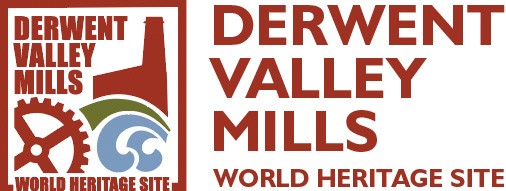da03

This is part of a heritage trail around Darley Abbey, taking in some of the key historic areas. You can find a map of the trail, and information on where to find interpretation boards containing more details on the town and its history at www.derwentvalleymills.org/darleyabbey.
New Road, the Allotments and Darley Hall
The early factory village the Evans family created in Darley Abbey for their millworkers has survived almost completely intact. It is in no sense a planned or model community, having grown incrementally over at least 50 years and no obvious pattern is discernible in its growth.
The Evans family acquired a number of houses when they purchased the existing mills in Darley Abbey and some of these were pressed into service to accommodate the first mill families. It is not clear when they began to build their own housing.
New Road
This group of two blocks in the cluster house format (semi-detached and back-to-back) comprises eight houses in all. The blocks are brick-built with slate roofs and the elevations have been given an unusual elegance for mill workers’ housing, the doors being set in blank arched recesses. The road-side elevation has been rendered since the photograph was taken.
The houses to the rear have allotment gardens. No evidence remains of ancillary buildings to house privies or pigsties, although there is ample space for there to have been such facilities.
The care with which these blocks have been designed is thought to be attributable to their high visibility – across the allotments – from Darley House, the residence of the Evans family, who owned the mills.
Darley House

Built by William Evans C.1785, this was the Evans family’s main residence in Darley Abbey until they purchased Darley Hall in 1834. It stayed with the family until, following the death of Ada Evans in 1929, it was demolished in 1932. No buyer could be found for it.
The Allotments
Darley Abbey had no marketplace or public houses, nor is it clear in the early years of this cotton mill community that there were shops. Essential products were however purchased by the mill owners and sold to the residents at cost or at a slight loss. Allotments were an essential way for millworkers to supplement their diets further, and these were readily available, particularly on New Road, between the houses and facing them (the Methodist Church now stands on part of these allotments).
More information can be found at http://www.derwentvalleymills.org/wp-content/uploads/2014/12/History_Communities_DarleyAbbey.pdf

